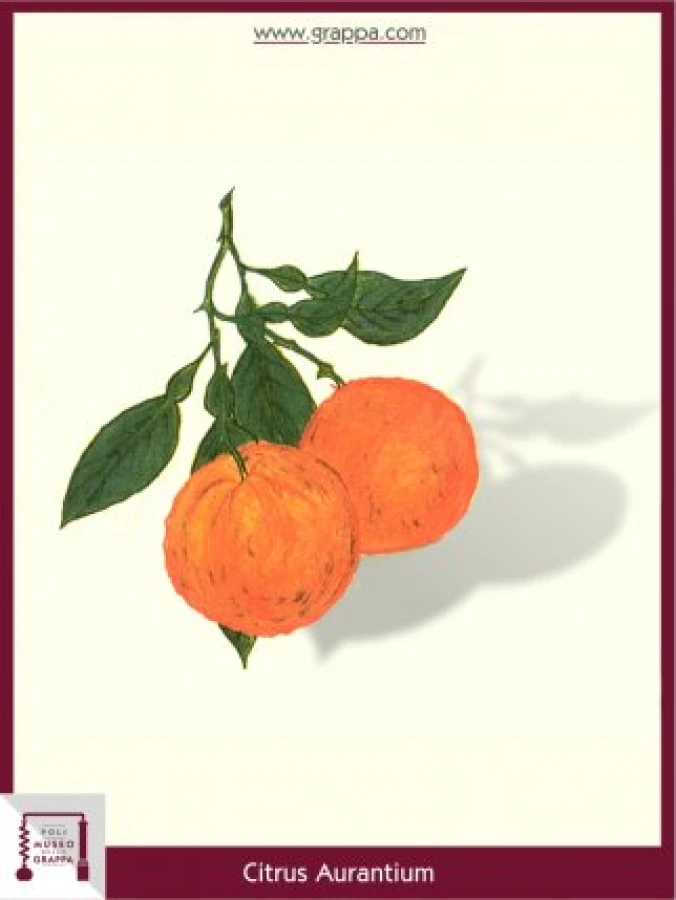The bitter orange is "sweet" in the Grappa
Seville Orange, Bitter Orange
The bitter orange is "sweet" in the Grappa
Plant:
Seville Orange, Bitter Orange
Plant Part:
fruit
Plant Properties:
aromatic, digestive, anti-inflammatory, stimulates gastric juice production, stomachic expectorant, tonic, eupeptic, slimming , analgesic, antispasmodic, antitumoral, spasmolytic
Description:
Although the genre citrus was repeatedly reminded in the „Georgica" of Virgil (Lib. II), the cultural diffusion of citrus fruits in the Mediterranean region can be placed in the period from the tenth to the fifteenth century. In that period in fact, in Campania, but especially in Sicily, the cultivation of cedar, bergamot, sweet orange and bitter orange was intensified.
We want to refer exactly to this last fruit, because, despite its lack of significance as a food, it is very suitable for the preparation of liquors.
The famous Curacao in fact, a liqueur originating from the homonymous island in the Caribbean, is nothing but an alcohol product derived from the use of bitter orange peels with the addition of flavorings.
The peel of this fruit, rich in essence glands, was also mentioned in the pharmacopoeia as a medicine for stomach, but not only. It was also known as a corrective for the taste, so much that it has always been known officially as „Aurantii amare fructus cortex".
Unlike the sweet orange, the peel of the bitter orange contains in addition to the usual essential oils of the citrus fruits a bitter principle called „auranziamarena", which moreover affects the edibility of the fruit itself. This doesn‘t apply to our Grappa, to which the bitter orange gives off all the scent and aroma of its peels.
This due to the fact that the many volatile essences, contained in the fruit, are dispersed easily in a hydro-alcoholic liquid.
Ingredients:
- 4-5 fruits of bitter orange, cut into wedges
- 1 liter of Grappa
- some cloves
- a few cinnamon barks
- sugar at pleasure
Preparation:
The Grappa is made with a very simple process: 4-5 fruits cut into wedges and insert in a litre of Grappa with the addition of some cloves and a few cinnamon barks.
Two months of maceration in the shadow, four months of aging after a filtration and the addition of sugar in the desired quantity, will give us a liqueur which is the equal of the Curacao.


